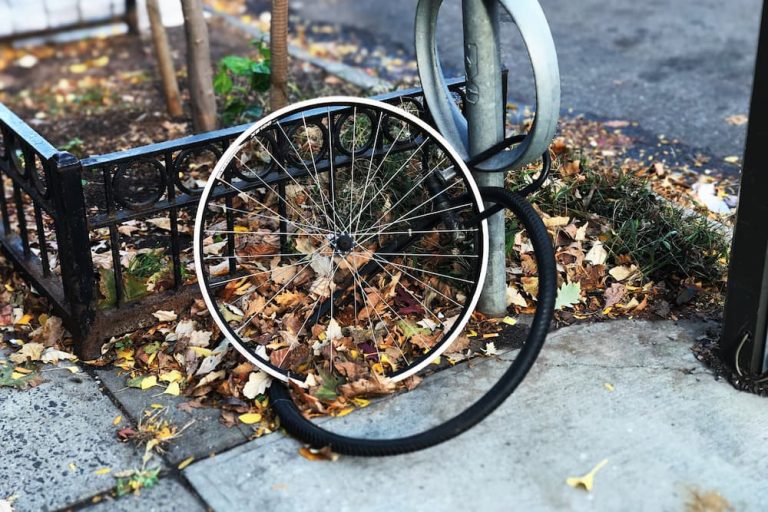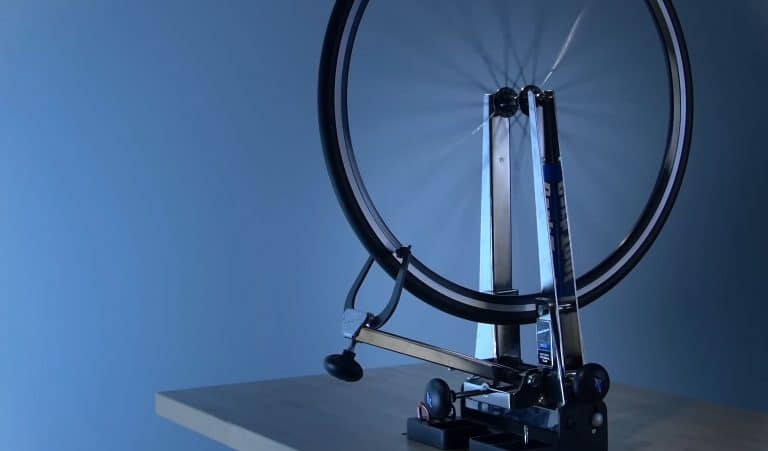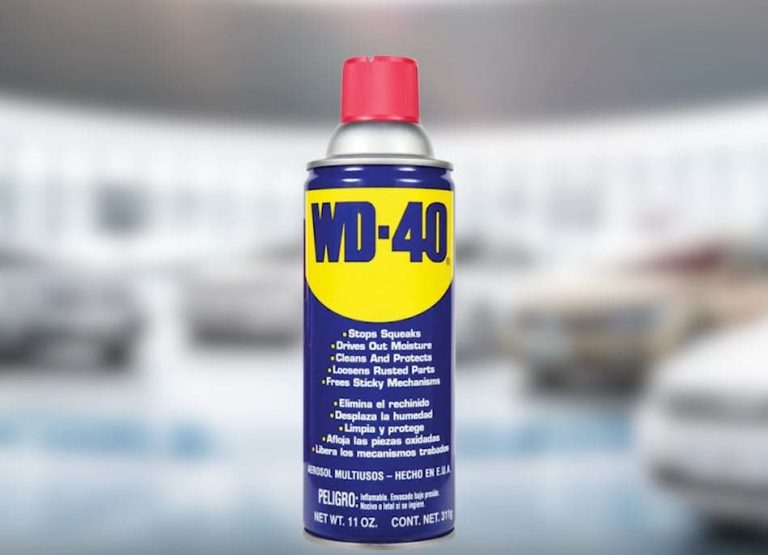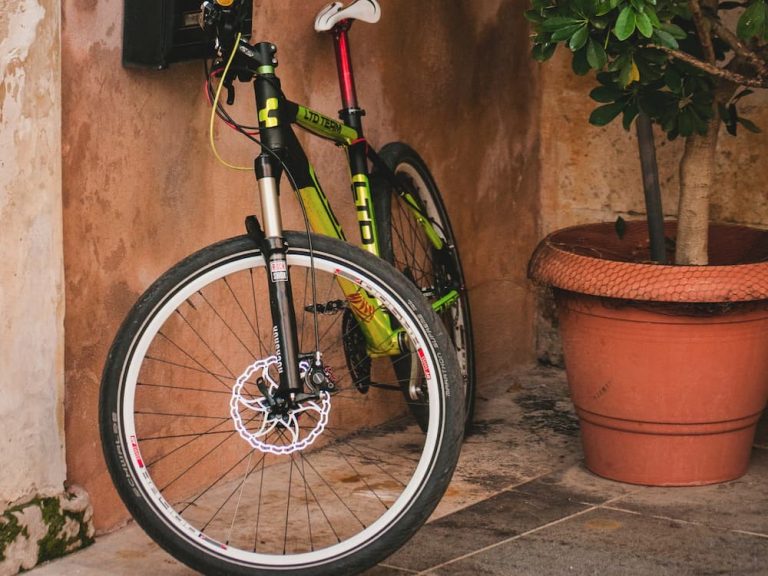How To Clean Bike Brakes?
Whether you ride a mountain bike or cycle around in your road bicycle, a dysfunctional braking system can mean an unstable and unsafe ride. And one of the reasons these brakes act up from time to time is directly related to how dirty they are.
If your disc brakes are soiled or have dirty oils stuck in them, you would not be able to stop or slow down your bicycle in the most controlled manner. Plus, the constant howling and patchy noises seem to have no end. Hence cleaning them is of utmost importance, but it’s not as simple as hosing water on the rest of the bike.
If you’re looking for ways how to clean bike brakes, you’re in the right place. I have discussed the do’s and don’t for effectively removing any dirt from your rotor, rim, and pads!
Contents
How Do Bicycle Brakes Work?
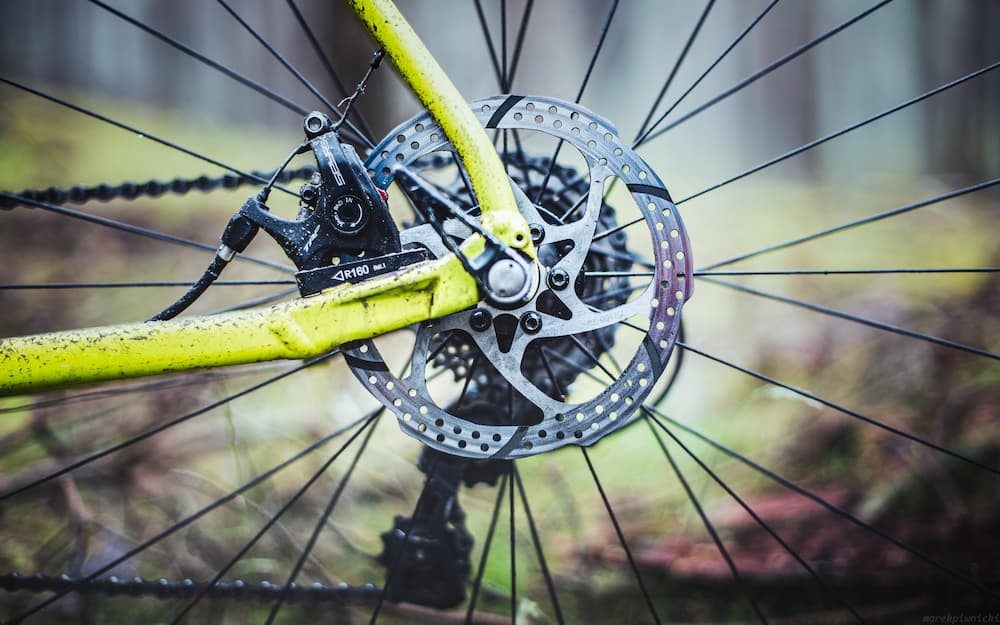
There are various types of brakes for each kind of bicycle, but the basic mechanism of all bike braking systems is the same. Bicycle brakes consist of brake pads, that work together with a brake disc or wheel rim to create the appropriate friction needed to stop or decelerate the wheel.
When you are riding your bike, and the wheels are turning, the brake pads are in contact with the wheels. As you apply some force on your brake lever, the brake pads get pressed onto the wheels or brake discs further, creating enough friction to halt the wheels, in assistance to the natural grip of the bicycle wheels.
The proper functioning of your bike brakes will thus largely depend on the braking pads. When you are particularly riding on wet terrain, the grip on the wheels is often compromised. Braking pads solely create the required friction. Hence a clean and well-maintained braking pad is as important as a clean bike brake.
How to Tell If Your Bike Brakes Need Cleaning?
Regular riders immediately detect if there are issues with the braking system, just from experience. One way of saying that your bike brakes either need cleaning or replacements is when you can hear annoying squeaking noises every time you apply pressure on your brake lever.
Another way of understanding if all is not well with your bike brake, is when you notice changes in the stopping distance after applying the breaks. Whether the braking distance will increase or decrease will depend on the reason your bike brake requires cleaning in the first place.
Bike brakes will need cleaning either when they are dirty with dust and gunk, or contaminated with oil and grease. Dirt, oil, and grease can make their way into the bicycle rims and pads from the ground. Such grease can create a layer on the braking pad, thus diminishing the friction it is meant to create.
More often, people use hose sprays on their bicycles to clean the outer frames of their bikes. This is when sprays with lubricants or degreasers can steep through to your bike brake, causing contamination, rust, and corrosion.
If you have not cleaned your bike brakes for a while, it is likely that the friction will be increased and your brakes will become stiff due to hard gunk and corrosion. If you intend to clean your bicycle brake because you have sprayed any oil-based solution, the friction will reduce on the rim and pads.
What Can You Use to Clean Bike Brakes?
Whether you make mistakenly sprayed some lubricant on your braking system or plan to keep up with the brake cleaning routine, there are a few effective and simple ways to get rid of the contamination and gunk from your brakes. If you’re wondering how to clean brakes, here is what you can do:
Washing with Soap and Water
According to experts, the most operative and hassle-free way to clean your bicycle brakes are using soap water.
All you would need is warm water and a mild detergent or soap solution. Wash and rinse the brake rims and pads, using water generously to rinse off all the soap solution. If there is hard rust or dirt, use a soft brush and scrub in and around the corners of the brake. Once cleaned, use more water to completely wash out any detergent that might be latching on the metal surfaces.
Your next crucial step would be to completely dry the brake area before assembling the parts to place. You may use a dry wiping cloth or, drying under the sun can be useful as well.
Following the washing session, you have the option to use an acetone solution to wipe over the brake surfaces. This gets rid of the lingering grease and prevents corrosion in the future.
Since there is no need for any extra products, this is most practical for riders who maintain a regular cleaning reschedule and need to take their bikes out into the dirt quite often. Although a soap and water rinse might not be 100% efficient in getting rid of all the greased contaminants, it works to prevent the accumulation of oil and dirt quite well.
Using Isopropyl Alcohol
Deemed to be both harmless and more effective than store bought cleaners, is the use of isopropyl alcohol or methylated solutions for bike brake cleaning. When it comes to the operation of brakes, it is a careful balance between good friction and smooth braking.
For that, using alcohol can be wise as it allows the brakes to be squeaky clean without taking away the roughness without leaving a deposit in the brakes themselves.
Before getting into the cleaning method, separate the brake parts including pad and disc. Either use alcohol pads or use a clean wiping cloth and alcohol solution. Rub on the brake surfaces and inner corners for a thorough clean. Following that, use dry sandpaper to rough up the surface after the alcohol has dried properly.
Many people have admitted to using the white spirit in place of alcohol, only to ruin their brakes further. Using white spirit, although a kind of alcohol, can leave unwanted residue on the rotor, which later forms a film on the brake. Furthermore, unlike extremely toxic cleaners, alcohol does not cause oxidization or further detection of the brake pads.
Applying brake Cleaner
Avoiding areas around the calipers, a spray or cleaner that has been manufactured specifically for use in brakes, is one way to clean your bike brakes without trouble. Using a brake cleaner is best done in an open and ventilated space, keeping away from children and wearing protective hand covers and glasses if needed.
To clean your brake discs and rims with a cleaner, you would need protective latex gloves, sandpaper, and a towel. At first, disassemble the brake disc and pads before wearing a latex glove to protect your hands. This is essential as brake cleaners are chemically toxic and have flammable properties.
Next, generously spray the cleaner on the brake parts and wait for the cleaner to evaporate. Meanwhile, clean the remaining cleaners around the area. Subsequent to that, use either wet or dry sandpaper to rub on the pad and disc parts, or the friction is restored. Wipe off the brake with a bit of cleaner again to finish it off. Remember to assemble the parts with gloves.
Brake cleaners are impactful in removing temporary contaminants and grease like solvents, but you’ll need a generous amount of the cleaner to make sure the brake is nicely cleaned. We’d say you may want to stock up on a few cans if this is your preferred way of cleaning bike brakes.
Tips
- Always remove the brake pads and disc before cleaning them.
- Always clean the disc braking rotors only AFTER you have completely cleaned your brakes. In case of any intruding adulterant, you can immediately wipe it off.
- Dismantle and remove the brake rotor completely when installing or replacing a wheel to avoid any unwanted impurity from getting into the brakes.
- Don’t spray anything around the brake rim area, notably lubricants or other grease-based solutions like polishes
- Never use white spirit in place of alcohol rubs
- Dry all the brake parts COMPLETELY after cleaning them
- check out my blog post about using WD40 on your bike brakes
Final Thoughts
Preservation of other brake parts, including the brake, is imperative if you want your bicycle to run smoothly and last long. Cleaning your bike brakes, unlike other parts can be a bit tricky.
While the rest of the bike parts can be treated with cleaners and lubricants, you’d have to know how to clean bicycle brakes the right way so you don’t corrupt the pads and discs even more.
Following the uncomplicated ways, we have mentioned can save you trouble, while definitely getting rid of the salve and grime from your bike brakes. Just remember to use the right cleaners and alcohol.

